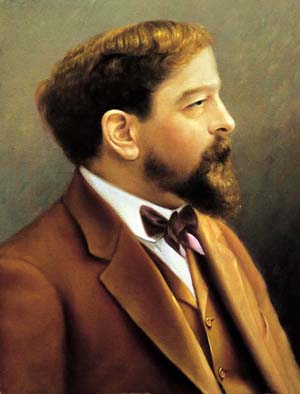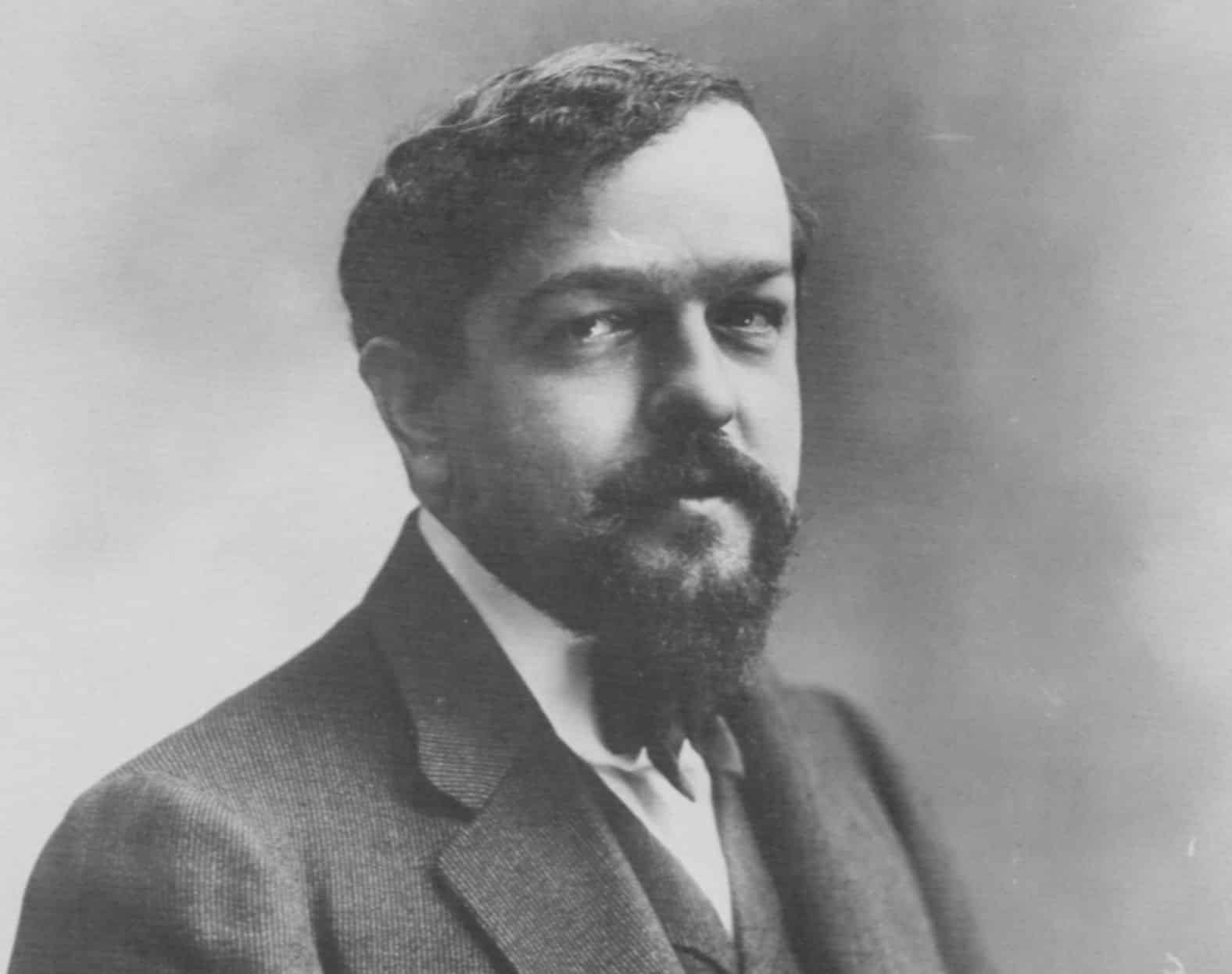“Clair de Lune” (“Light of the Moon”) is one of the most beloved and famous compositions by French composer Claude Debussy. Known for its ethereal beauty and delicate interplay of harmonies, this piece has captured the hearts of listeners worldwide, from classical music enthusiasts to casual listeners. But what makes “Clair de Lune” so remarkable? Its history, composition process, and evolution offer insight into the mind of Debussy and his unique musical style.
Background and Origins
“Clair de Lune” was composed as part of Debussy’s “Suite Bergamasque,” which was written between 1890 and 1905. The suite initially consisted of four movements: Prélude, Menuet, Clair de Lune, and Passepied. The title “Bergamasque” refers to a style of dance and evokes an image of a serene, pastoral landscape. The movements of the suite, while distinct in mood and style, are unified by their impressionistic qualities, which are characteristic of Debussy’s music during this period.
The composition of “Clair de Lune” itself began in the late 19th century, but it wasn’t until around 1905 that Debussy finalized and published the piece. Initially, Debussy’s first draft of “Clair de Lune” was much more Romantic in style, more closely resembling the works of composers such as Franz Liszt and Richard Wagner. However, over the years, Debussy revised it significantly, transforming it into the refined masterpiece we know today.
The Evolution of the Composition
In its earliest form, “Clair de Lune” was quite different from its final version. Originally, it was more dynamic and robust, marked by sweeping gestures and more dramatic contrasts in volume and tempo. However, Debussy, who was moving towards his Impressionistic period, began to refine the piece and embrace a more delicate, fluid, and atmospheric style.
Debussy’s decision to revise “Clair de Lune” aligned with his shift toward Impressionism, a movement that emphasized sensory experiences over traditional structure and formalism in music. He was influenced by French painters like Monet and Renoir, whose works focused on light, color, and texture. “Clair de Lune,” in its final form, reflects this ethos perfectly with its shimmering textures and subtle dynamic changes, evoking the quiet beauty of moonlight.
The Premiere and Reception
“Clair de Lune” was first performed in 1905 as part of a public concert at the Salle Érard in Paris. While it did not initially receive immediate acclaim, its impact grew steadily over time, particularly as the work’s sensibility and beauty resonated with more and more listeners. Today, it is one of Debussy’s most well-known and frequently performed pieces.
The piece itself is a piano solo that lasts roughly five minutes and is often performed by pianists in a variety of settings, from intimate recitals to grand concert halls. Its gentle, flowing nature makes it a popular choice for weddings, films, and other special events.
Musical Structure and Analysis
“Clair de Lune” is written in D-flat major and is structured in a loose ternary form (A-B-A). The A sections of the piece are characterized by Debussy’s signature use of lush, dreamlike harmonies, while the B section contrasts with a slightly more dramatic, yet still understated, dynamic range. Despite its relatively simple structure, the work is masterful in its use of color and texture.
The composition features several musical techniques that are quintessential to Debussy’s style, such as the use of the whole-tone scale, parallel chords, and unconventional chord progressions. These techniques create a sense of floating or drifting, mimicking the gentle movement of the moonlight across a peaceful landscape.
The opening phrase of “Clair de Lune” begins softly, with delicate arpeggios in the right hand, creating a shimmering effect, while the left-hand accompaniment provides a steady, fluid foundation. This contrast between the two hands is a defining characteristic of the piece, contributing to its peaceful yet ever-changing atmosphere.
Cultural Impact and Legacy
“Clair de Lune” has become more than just a classical piano piece. It has seeped into popular culture, appearing in numerous films, television shows, and commercials. Some of its most notable appearances include in the film Ocean’s Eleven (2001) and in several episodes of The Simpsons, where its dreamlike qualities are used to evoke a sense of nostalgia or wonder.
Moreover, the piece has inspired countless pianists, composers, and music lovers, cementing its place as a quintessential work in the piano repertoire. It is often among the first pieces that aspiring pianists learn, and its beauty continues to captivate both performers and listeners alike.
Conclusion
Claude Debussy’s “Clair de Lune” remains a shining example of his ability to convey emotion through sound. Its historical transformation from a Romantic piece to an Impressionist masterpiece mirrors Debussy’s own artistic evolution, and it stands today as one of the most iconic works in the classical music world. Through its delicate harmonies, ethereal textures, and unforgettable melodies, “Clair de Lune” continues to illuminate the world of music, just as the moonlight it describes brightens the night sky.
For those who have yet to experience the magic of “Clair de Lune,” it’s a piece worth exploring — a timeless treasure of classical music that will continue to inspire for generations to come.


Comments are closed